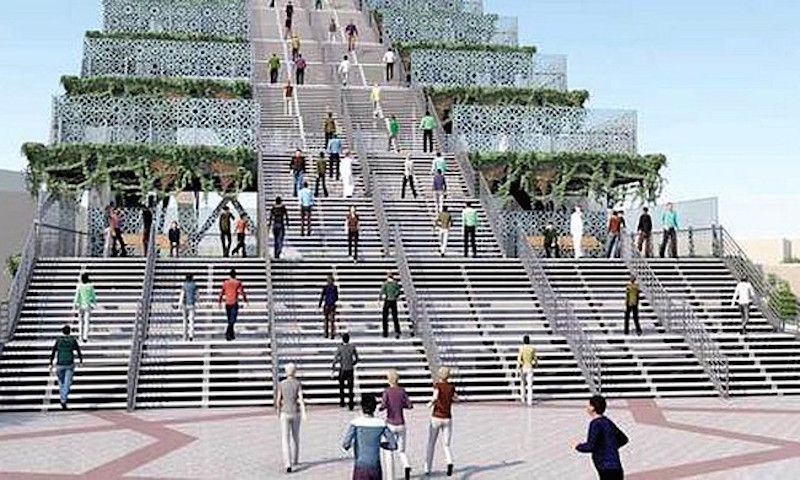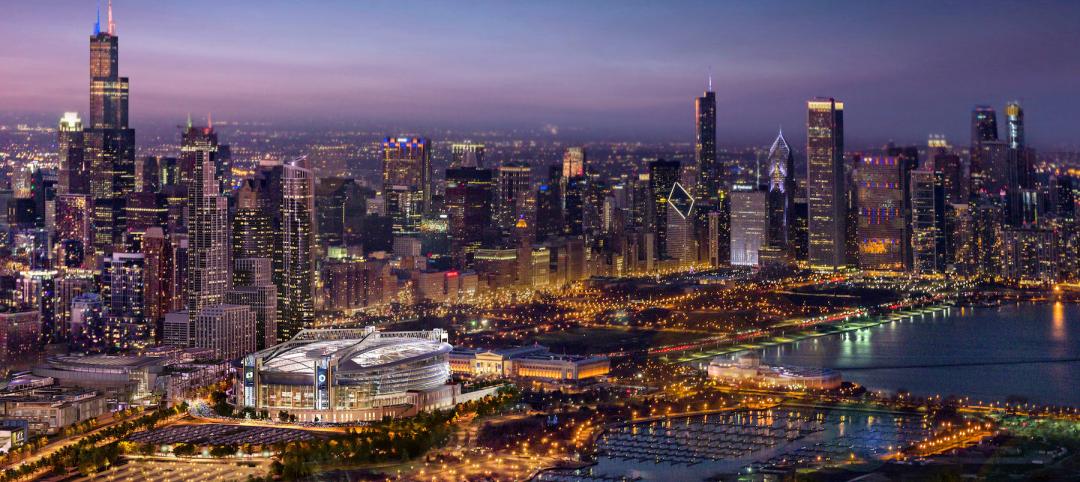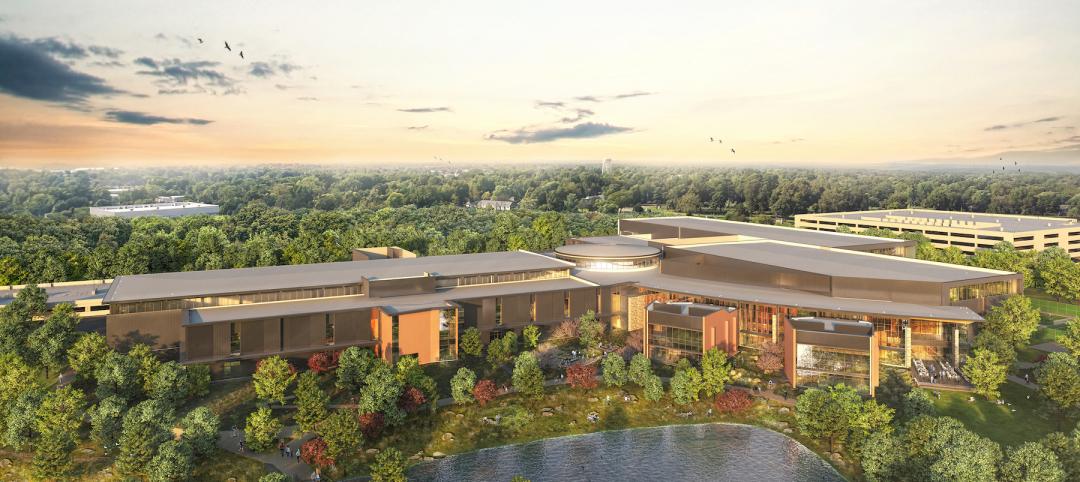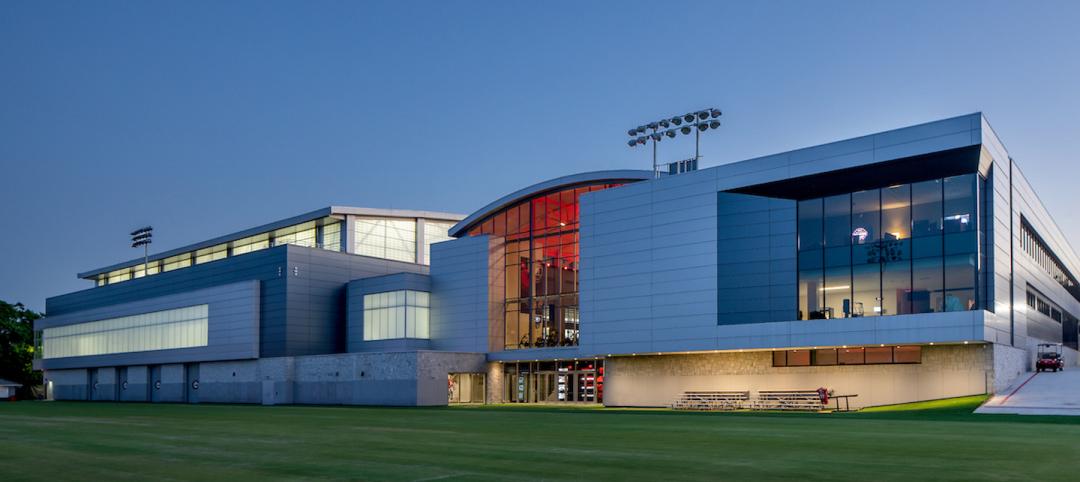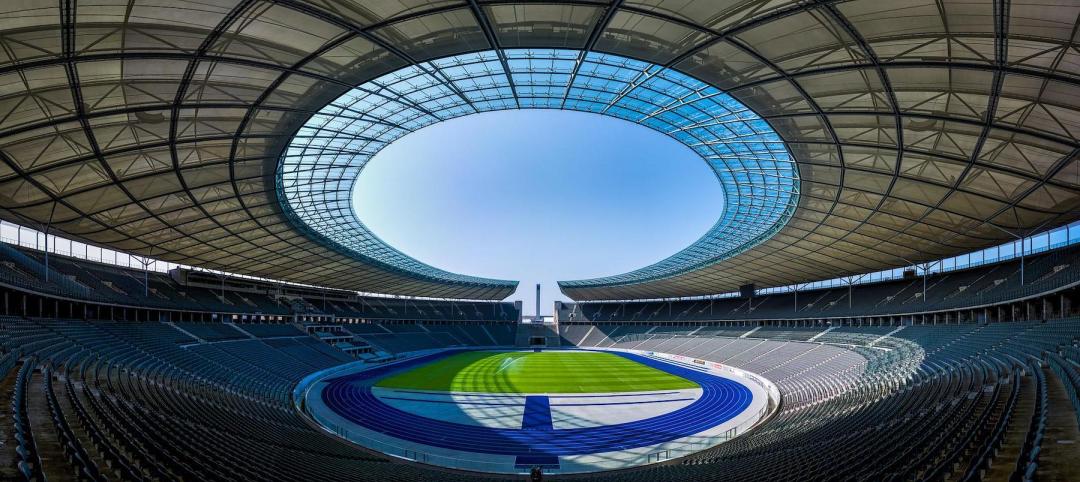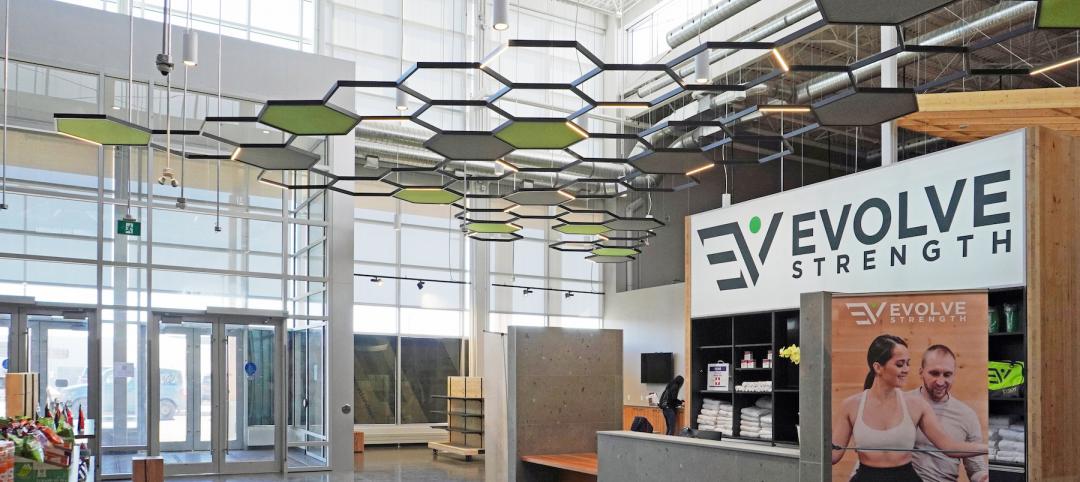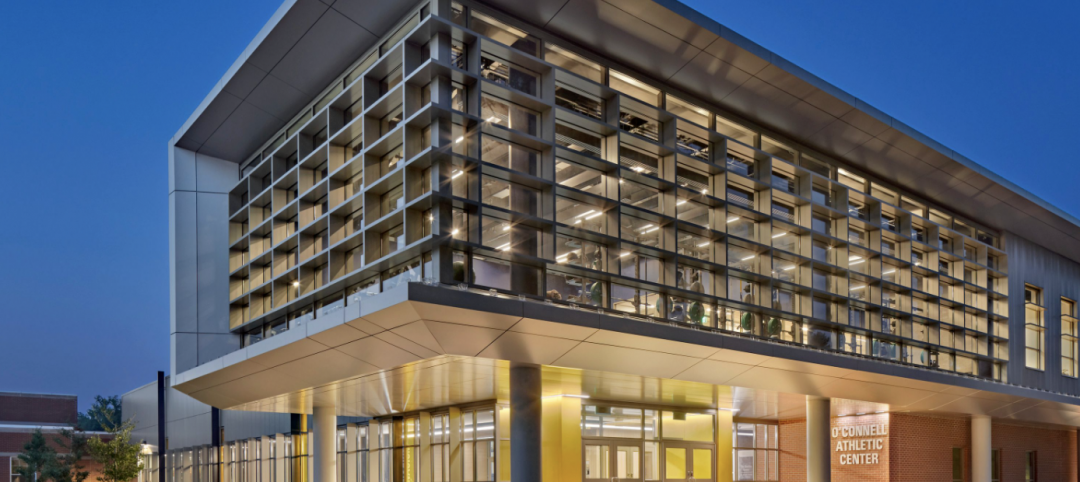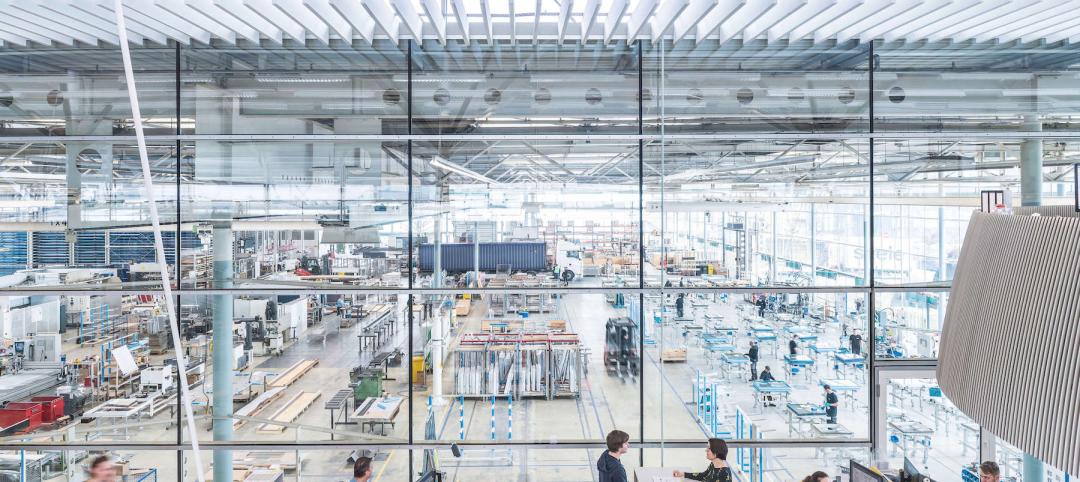The Dubai Media Office has released six computer-generated images of Dubai Steps, a 100-meter-high structure with 500 steps that this United Arab Emirate city is hoping will become its next iconic landmark.
The 25-story Dubai Steps was one of six projects that municipal officials announced last April. However, details about the steps since then have been scant. No construction date has been set, and officials have not made public the name of the architect or the cost of this project.
Even its location hasn’t been nailed down yet, although Gulf News and other media outlets report that possible locations include the area next to Union Square in Deira (which in recent years has been losing its importance as a commercial center), Dubai Creek, and Dubai Marina.
Time Out Dubai reports that in a story shared by Dubai Media Office from Arabic website emaratalyoum.com, the city’s Assistant Director General for Engineering and Planning at Dubai Municipality revealed it would take no more than a year to construct the 500-step tower.
Khaleej Times adds that Dubai Steps would serve as a continuation of other vertical projects like Dubai Frame, which is nearing completion in Zabeel Park.
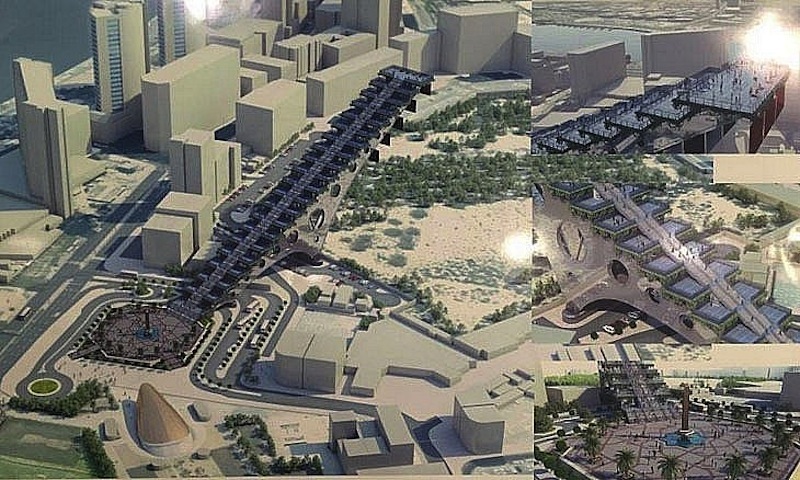 The 100-meter-tall structure would be a continuation of Dubai's multiple vertical construction projects. Image: Dubai Media Office
The 100-meter-tall structure would be a continuation of Dubai's multiple vertical construction projects. Image: Dubai Media Office
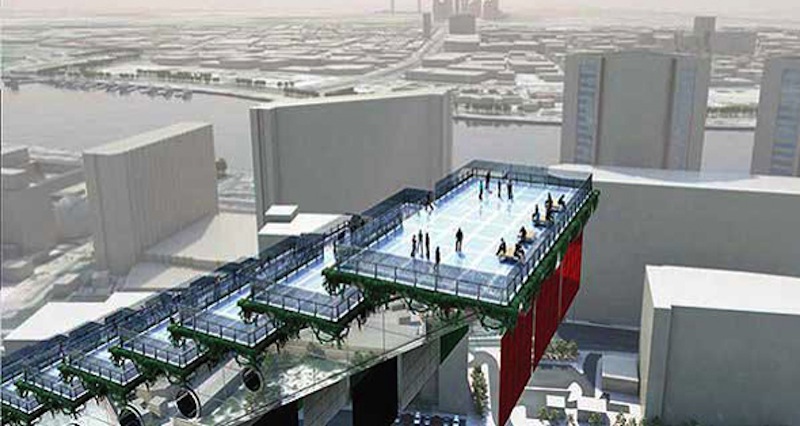 The Dubai Steps would include rest stops every 100 steps for tourists on their ascent to the top. Image: Dubai Media Office.
The Dubai Steps would include rest stops every 100 steps for tourists on their ascent to the top. Image: Dubai Media Office.
Dubai Steps would facilitate tourism and sports, say local officials. The structure would include five dedicated rest and event areas (every 100 steps) for visitors who are making the long walk to the top platform.
Predictably, the Dubai Steps project is already getting some ribbing, including one comparison to the “Escalator to Nowhere” on “The Simpsons.”
Related Stories
Multifamily Housing | Aug 3, 2022
7 tips for designing fitness studios in multifamily housing developments
Cortland’s Karl Smith, aka “Dr Fitness,” offers advice on how to design and operate new and renovated gyms in apartment communities.
Reconstruction & Renovation | Aug 3, 2022
Chicago proposes three options for Soldier Field renovation including domed stadium
The City of Chicago recently announced design concepts for renovations to Soldier Field, the home of the NFL’s Chicago Bears.
Headquarters | Jun 21, 2022
Walmart combines fitness and wellness in associates’ center that’s part of its new Home Office plan
Duda | Paine’s design leads visitors on a “journey.”
Sports and Recreational Facilities | Jun 17, 2022
U. of Georgia football facility expansion provides three floors for high-performance training
A major expansion of the University of Georgia’s football training facility has been completed.
Building Team | Jun 14, 2022
Thinking beyond the stadium: the future of district development
Traditional sports and entertainment venues are fading as teams and entertainment entities strive to move toward more diversified entertainment districts.
Acoustic Panels | Jun 9, 2022
A fitness center renovation in Calgary focuses on tamping the building’s sound and vibration
Bold Interior Design chose as its solution a lighting/acoustical panel combination.
Sports and Recreational Facilities | May 26, 2022
WNBA practice facility will offer training opportunities for female athletes and youth
The Seattle Storm’s Center for Basketball Performance will feature amenities for community youth, including basketball courts, a nutrition center, and strength and conditioning training spaces.
Sports and Recreational Facilities | May 19, 2022
Northern Arizona University opens a new training center for its student athletes
In Flagstaff, Ariz. Northern Arizona University (NAU) has opened its new Student-Athlete High Performance Center.
University Buildings | May 9, 2022
An athletic center accentuates a college’s transformation
Modern design and a student health center distinguish the new addition at The University of Saint Joseph in Connecticut.
Sponsored | BD+C University Course | May 3, 2022
For glass openings, how big is too big?
Advances in glazing materials and glass building systems offer a seemingly unlimited horizon for not only glass performance, but also for the size and extent of these light, transparent forms. Both for enclosures and for indoor environments, novel products and assemblies allow for more glass and less opaque structure—often in places that previously limited their use.


